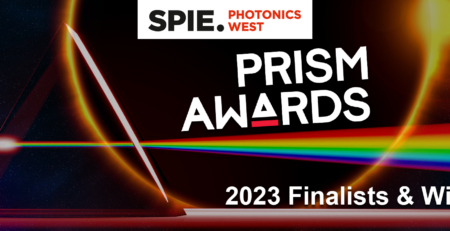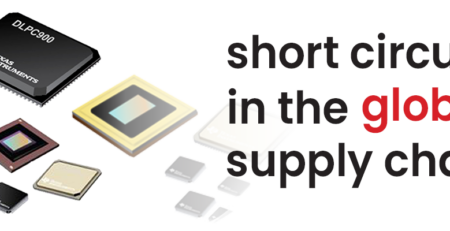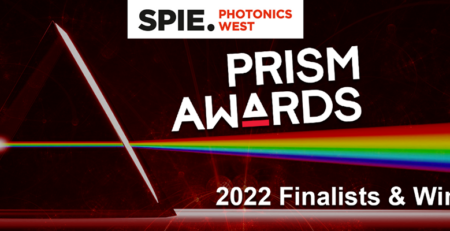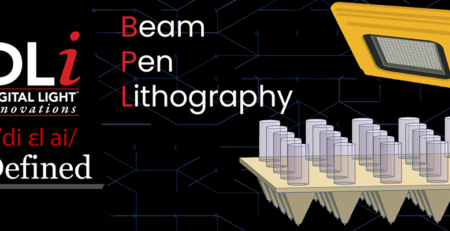Texas Instruments DLP Blog Features Jorge Moguel of DLi
admin2023-10-26T18:52:08+00:00The Texas Instruments Enlightened blog is the company’s official blog for DLP® technology. Recently, a piece by Jorge Moguel of DLi discussing a few special projects was featured on the blog. Read below for the full story!
DLi develops microscopic molecular solution using DLP technology
by Jorge Moguel, Executive Vice President at Digital Light Innovations
Scientists are constantly looking for new ways to understand more about the smallest underpinnings of life. Visualizing things like molecular changes in neural brain cells, however, requires very specialized equipment that often doesn’t even exist yet.
At Digital Light Innovations (DLi), this is where we come in. When researchers at NYU’s Pesaran Lab reached out to us with an idea for a new piece of equipment, we worked with them for more than a year to develop a microscopy solution that illuminates and captures never-before-seen molecular interactions. First, we educated them on DLP® technology and discussed which optical system and features would work best to achieve their goals. We then prototyped portions of the system and evaluated the system with researchers before delivering what we call a “CELscope system” based on our CEL5500 Compact Embeddable Light Engine.
The NYU project is just one example in academia. At the University of California in Berkeley, we recently helped a team of researchers better understand the neural basis of perception.
DLP advanced light control capabilities allow us to help customers in a variety of industries, from healthcare to agriculture to lithography and 3D printing. We’re using a spectroscopy solution to help the U.S. Department of Agriculture with a new method to automate food inspection.
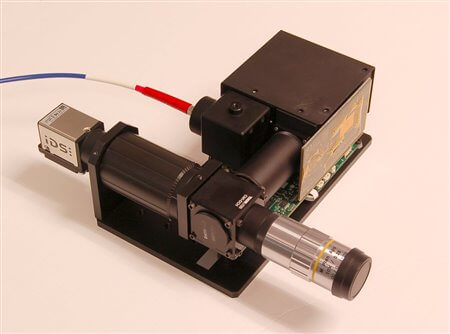
Making an impact with precision and control
At NYU for example, light source flexibility was something required by researchers who needed different light wavelengths for their projects. DLP technology allowed them to use either LED or laser light in order to accommodate multiple illumination and wavelength options.
Speed is another important factor I hear about from many customers – and not just the accelerated time to market with our development kits that gets proof of concepts up and running. I’m also talking about the switching speed of the DLP chips. In microscopy, for example, we’re able to capture images at thousands of frames per second thanks to the MEMS technology used in DLP Products. This means we’re limited only by the speed of the camera. And we’re doing this with a remarkable level of precision that delivers pixel sizes as small as 2.5 microns.
Collaboration brings a bright future collaboration
DLi has been helping innovators realize their ideas using DLP technology for more than 12 years and continues to be part of TI’s DLP Design Network. We offer a full range of products and have the engineering expertise to design DLP technology-based solutions for those trying out a new concept or for those ready to ramp to production.
In some small way, I really believe that DLP technology and DLi together are contributing to the betterment of humanity by helping to enable groundbreaking discoveries around the world.
With so many other applications coming to light these days – microscopy, spectroscopy, machine vision and more – I am excited for what the future holds.”
To view the original post on the Texas Instruments E2E blog, visit: https://e2e.ti.com/blogs_/b/enlightened/archive/2016/09/20/dli-develops-microscopic-molecular-solution-using-dlp-technology

